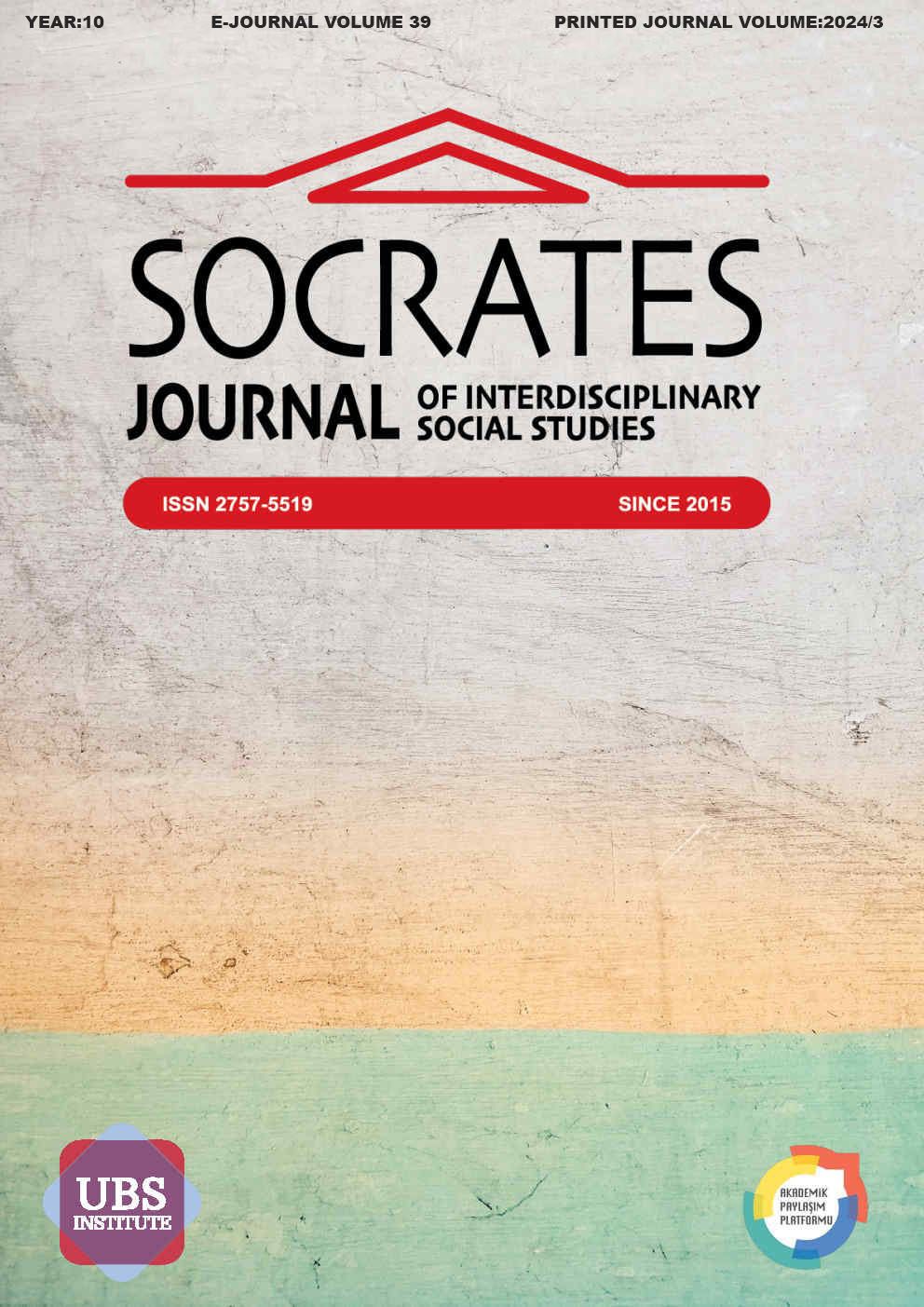OSMANLI’DAN CUMHURİYET’E GİYİM TARİHİ
Has Odalıların Kıyafetleri Üzerine Bir İnceleme
DOI:
https://doi.org/10.5281/zenodo.10879579Keywords:
Ottoman Empire, Republican Period, Palace Clothes, Enderun School, Private ChamberlainAbstract
In this study, in which palace clothes are examined in terms of their development and transformation dimensions based on visual sources in historical processes, starting from the Ottoman period until the Republican Period, only the headwear called zer cone has survived until today; a comparative analysis is made and the differences in historical processes are examined. In this framework, the clothes of the private chamberlain, one of the Ottoman palace officials in the Enderun School, which is seen as the summit of the special guard unit within the empire and considered as one of the most authorised positions in the palace, were examined. In this context, the data were obtained by using the survey and document analysis method and document analysis was carried out by making direct use of archives and collections in the research. The study has reached a general conclusion by interpreting the data obtained as a result of a comparative analysis with archive examinations regarding the historical picture. In this framework, the study is important in terms of revealing the relationships between the processes and addressing the methodological elements and aims to contribute to the existing field. In this way, it has been concluded that the attire of the private chamberlain, which easily distinguished themselves from the other classes in the palace with their caftans and other clothes made using very valuable fabrics, also changed in historical processes depending on the empire and palace administration.
References
Ağca Diker, S. (2021) Osmanlı saray teşkilatında has oda. İstanbul: Kitap Yayınevi.
Akçakaya, M. ve İlhan, K. (2021). Enderun mektebi ve Türk kamu yönetimi için bir model önerisi. Gazi İktisat ve İşletme Dergisi, 7(2), 169-187.
Aydın, M. A. (2015). Büyük İstanbul tarihi. (M. A. Aydın içinde, Antik Çağdan XXI.Yüzyıla Büyük İstanbul Tarihi). İstanbul: İstanbul Büyükşehir Belediyesi A.Ş. Yayını.
Görünür, L. (2010). Osmanlı İmparatorluğu’nun son döneminde kadın giysileri. İstanbul: Sadberg Hanım Müzesi.
Gürtuna, S. (1997). Osmanlı kadın giysisi, (Vol. 2261). İstanbul: Kültür Bakanlığı Yayınları.
Himam, F. D. (2013). 16. yüzyıl giysi tarihi yazımı üzerine: Giysilerde doğu-batı etkileşimi, egzotizm ve güç. Süleyman Demirel Üniversitesi Fen-Edebiyat Fakültesi Sosyal Bilimler Dergisi, 29, 91-116.
Koca, E. ve Koç, F. (2014). Kıyafetnameler ve ralamb’ın kıyafet albümündeki 17. yüzyıl Osmanlı toplumu giysi özelliklerinin incelenmesi. International Periodical fort he Languages, Literature and History of Turkish or Turkic, 9(11), 371-394.
Kömür, E. (2010). Osmanlı Devleti Enderun Mektebi’nde eğitim sistemi ve Türk eğitim sistemine etkileri. İstanbul: Nesil Matbaacılık.
Ortaylı, İ. (2008). Osmanlı sarayında hayat. İzmir: Yitik Hazine Yayınları.
Taşçıoğlu, M. (1958). Türk Osmanlı Cemiyetinde kadının sosyal durumu ve kadın kıyafetleri. İstanbul: Akın Matbaası.
Tezcan H. (2006). Osmanlı sarayının çocukları: Şehzadeler ve hanım sultanların yaşamları-giysileri. İstanbul: Aygaz Yayınları.
Tezcan, H. (2021). Osmanlı sarayında kadının giyim tarzı: Osmanlı İstanbul’unda kadın. İstanbul: İstanbul Büyükşehir Belediyesi Kültür A. Ş. Yayını.
Türüt, S. (2011). XVI. ve XVII. Yüzyıl Osmanlı Dönemi saray kadın kıyafetleri ile halk kadın kıyafetlerinin karşılaştırılması. Doktora tezi. İstanbul: Haliç Üniversitesi.
Downloads
Published
How to Cite
Issue
Section
License
Copyright (c) 2024 Socrates Journal of Interdisciplinary Social Studies

This work is licensed under a Creative Commons Attribution 4.0 International License.


